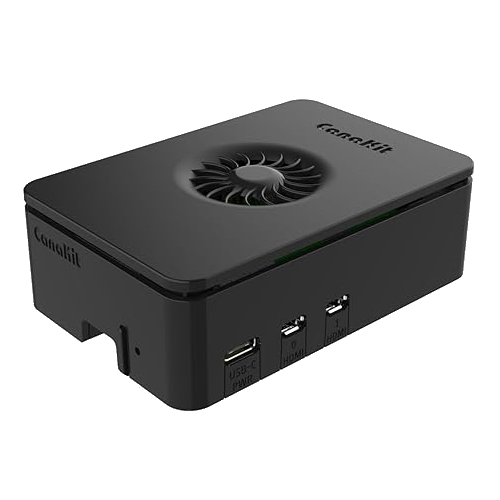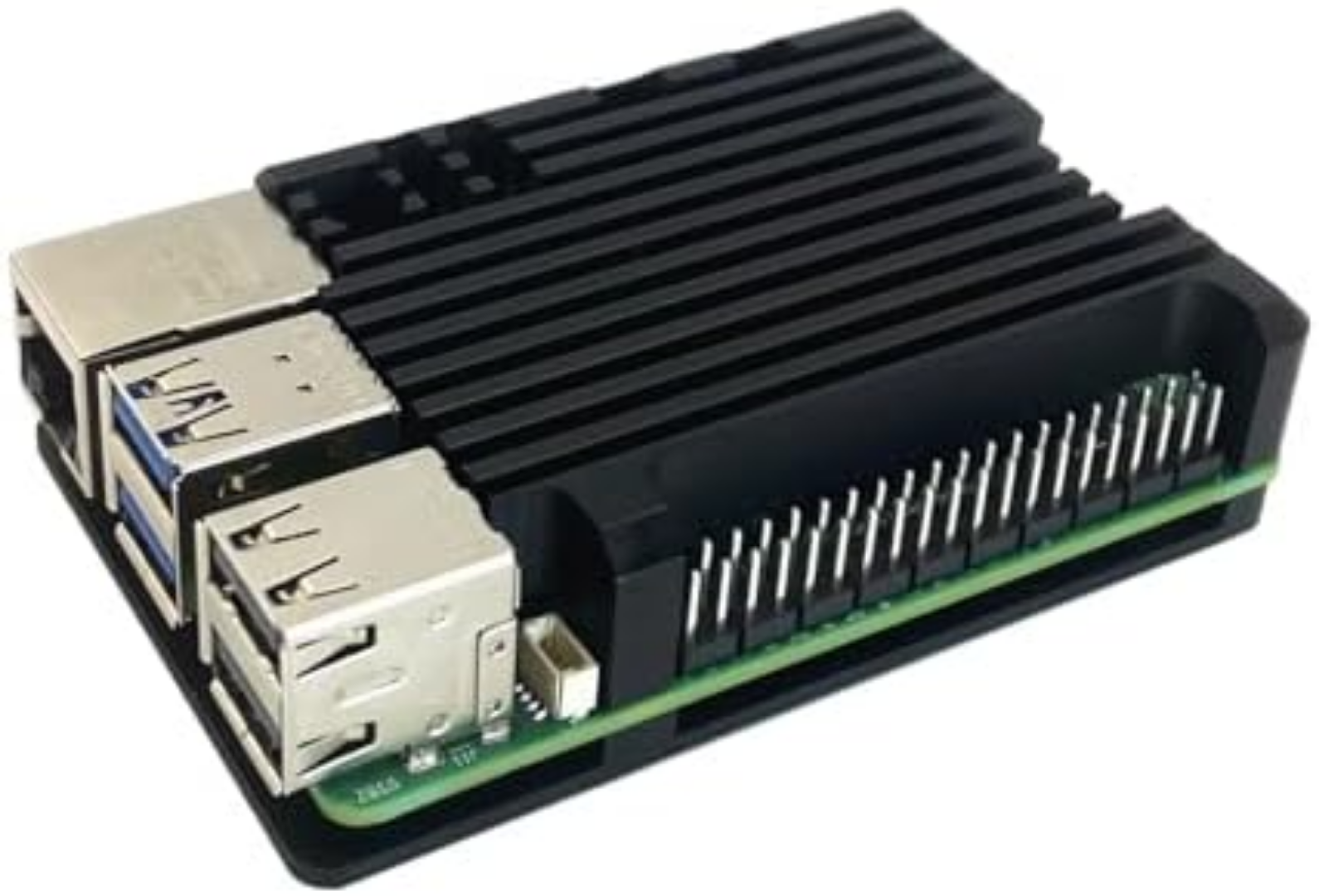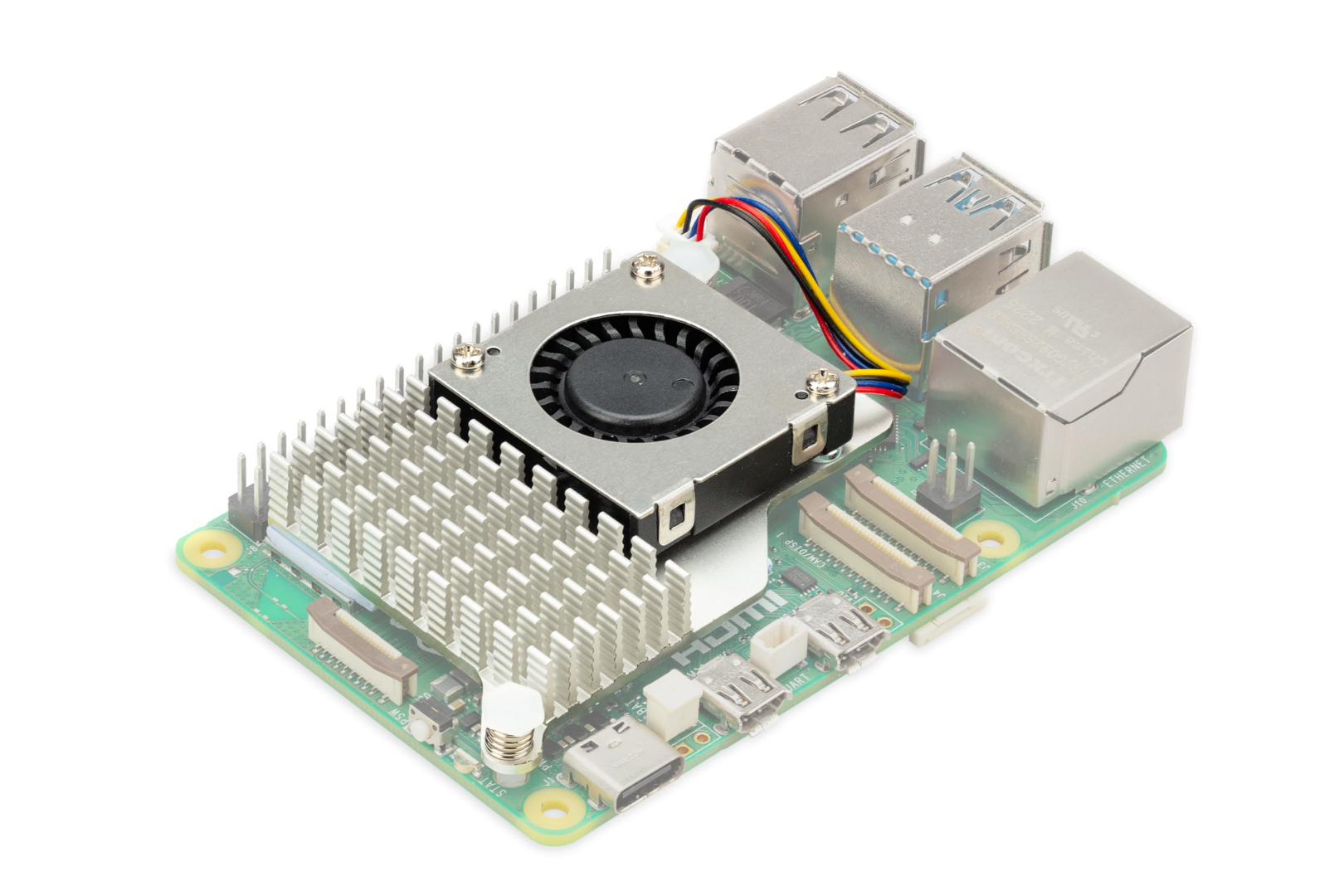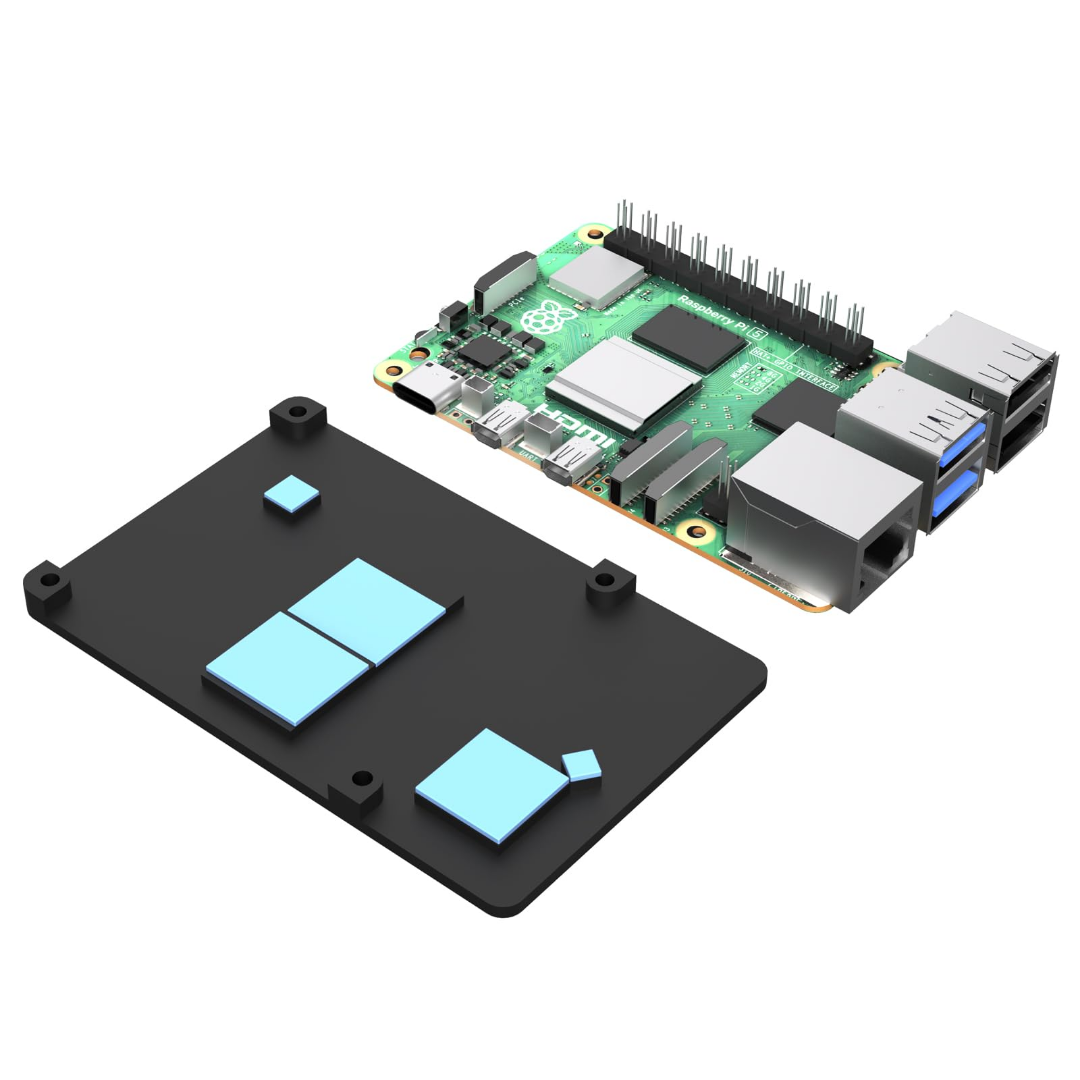Key Takeaways
- Raspberry Pi 5 benefits from active cooling for demanding tasks to prevent overheating and avoid slowdowns.
- Room temperature affects cooling; consider active cooling if temperatures exceed 70°C/158°F or performance drops.
- Determining cooling needs based on project requirements can optimize Raspberry Pi’s performance.
The Raspberry Pi is versatile and can handle everything from basic coding projects to more intense tasks like media streaming or running a small server. However, it can start to get hot when you push your Pi to handle more complex work, especially on models like the Raspberry Pi 4 and 5.
While earlier Pis could get by without much cooling, the newer Pis benefited greatly from some temperature control. So how can you know if your Pi needs to chill out?
Understanding Raspberry Pi Cooling Needs
Most Pi models handle heat just fine for simple tasks like coding and simple automation. Even the Raspberry Pi 5, which runs warmer than its predecessors, can manage basic tasks without additional cooling—assuming it is in a properly ventilated spot.
Heat will be an issue when you start diving into more demanding projects with your Raspberry Pi—like media streaming, gaming, or multitasking with several services. The Pi’s CPU works harder, and the increased processing power produces more heat. Heating issues are especially true for the Pi 5, which pushes the CPU heavily and benefits noticeably from active cooling to avoid slowdowns.
Without cooling, the Pi’s CPU will “throttle” if it gets too hot. This safety feature reduces performance to prevent overheating. If you’re running power-intensive projects, keeping your Pi cool is essential so you don’t lose performance.
How Your Case Impacts Cooling
While some people do run their Raspberry Pis as naked computer boards, it’s also common to put the tiny computer into a case. You can 3D print various case designs, or buy a pre-made case made of various materials.
Just as with full-sized computers, the case you choose will have an impact on temperatures. If there’s not enough airflow, the Pi can develop hotspots on its board, which might not show up on any temperature sensor. So ensure the case you choose has an adequate amount of ventilation. There options with built-in cooling as well, such as the official Raspberry Pi Case for Raspberry Pi 5
Picking a case like this not only protects your Pi, but will ensure that it stays cool under pressure. While it adds a little to the cost of a Raspberry Pi, it’s one of the easiest accessories to recommend, even if you aren’t concerned about cooling. After all, without an enclosure your Pi is pretty vulnerable!
When Does Your Raspberry Pi Get Too Hot?
Most Raspberry Pi models, including the Pi 5, are safe to operate up to about 85°C/185°F, but once temperatures hit around 82°C/179,6°F, the Pi 5 starts throttling it’s performance down to keep temperatures under control.
Any hotter than 85°C/185°F, and performance takes a serious hit and if temperatures remain unchecked despite throttling, you’re looking at an emergency shutdown.
Signs that your Pi is too hot include noticeable slowdowns, a thermometer symbol on the screen, and pop-ups warning of high temperatures. If you repeatedly see these warnings, your Pi is struggling to stay cool. Adding an active cooler could make a big difference.
To check your Pi’s temperature, open a terminal and try the vcgencmd measure_temp command.
Alternatively, you can use monitoring tools like PiCockpit.
Active vs. Passive Cooling: What’s the Difference?
Passive cooling relies on metal heat sinks to absorb heat, providing a silent cooling solution without requiring any fans. Passive cooling is sufficient for low-powered projects.
In contrast, active cooling uses a blower fan to cool the CPU actively, making it ideal for heavier applications. The official Raspberry Pi 5 active cooler—a clip-on unit with a heatsink and blower fan—automatically turns on as needed, making it a convenient choice for more demanding tasks.
How to Determine If You Need an Active Cooler
Specific projects, like running a media server, hosting databases, or gaming, are much more manageable with active cooling to avoid frequent throttling. On the other hand, passive cooling will probably be enough if your work is more casual, and you’re in a well-ventilated area.
Room temperature also affects cooling. Higher room temperatures make the Pi more likely to overheat, so if your Pi sits in a warmer space or an enclosed case, active cooling can help it stay stable.
Monitor your Pi’s temperature during typical use to decide if you need a fan. Active cooling is probably the way to go if temperatures frequently exceed 70°C/158°F.
Or if performance drops.
Other Ways to Keep Your Raspberry Pi Cool
If you’re looking for other options, a ventilated case or passive heatsinks can also help manage temperatures for light-to-moderate tasks. Thermal pads are another option, bridging the gap between the CPU and heatsinks for better heat transfer. These are especially helpful for casual users who don’t need active cooling.
For lighter projects, you might consider some software tweaks. These tweaks can limit CPU frequency, reducing heat without buying anything extra for your Pi. This works best if you’re running tasks that don’t demand full CPU power, allowing you to keep things cool without added fans or cases.
Troubleshooting Overheating Issues
If you notice overheating, there are a few things you can do to address the problem. Start by repositioning your Pi for better airflow and cleaning out any dust buildup that could block cooling. Consider also moving the Pi to a more open or relaxed area, which often helps solve minor heating issues.
If the active cooler isn’t enough, check that your power supply meets the Pi’s needs. Underpowered supplies can lead to lower fan speeds or cause other components to struggle, leading to more frequent overheating during heavy use.

CanaKit Raspberry Pi 5 Starter Kit Pro
Choosing the Right Cooler
Choosing the proper cooling setup can significantly affect your Raspberry Pi’s performance, especially with the Pi 5’s higher heat output. Active cooling is worth it for intense tasks, while passive options often work for lighter use cases. Monitoring temperatures is a good habit that helps you catch issues early and keep your Pi at its best.








